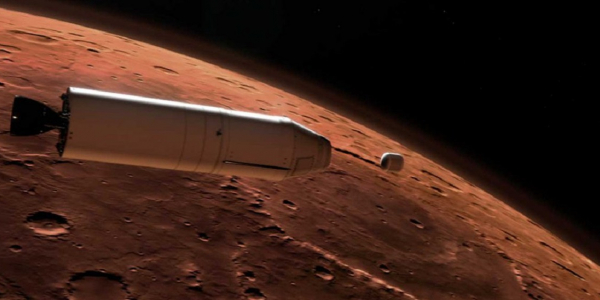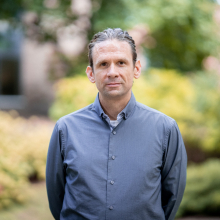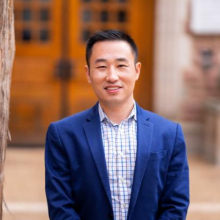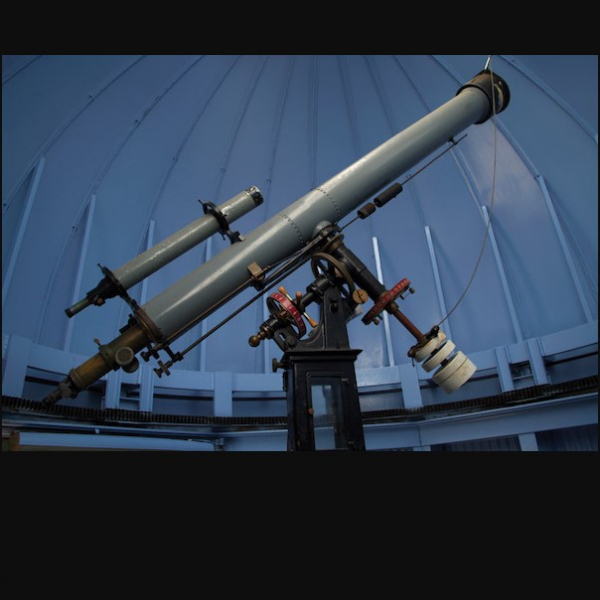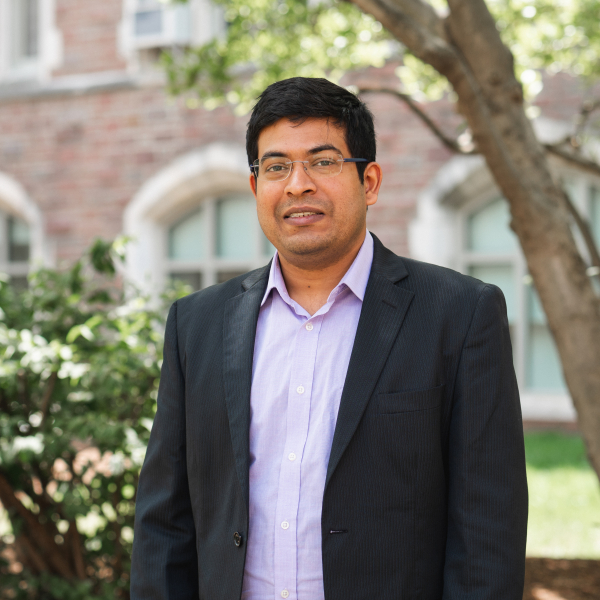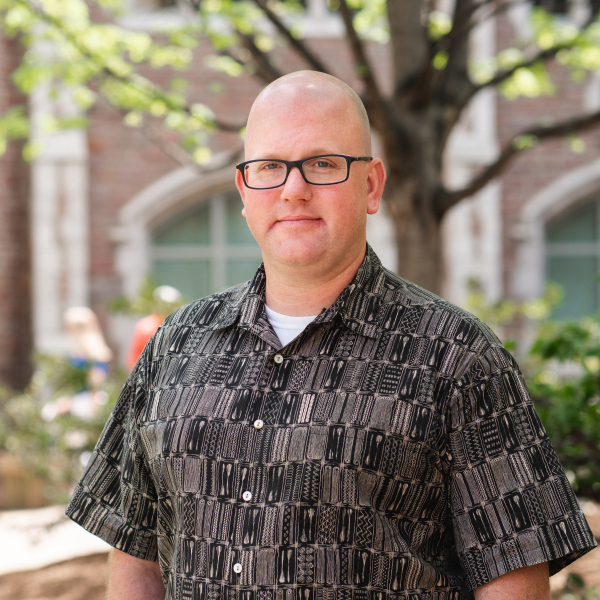NASA and the European Space Agency (ESA) have selected members of the Mars Sample Return Measurement Definition Team (MDT). This group will help enable the realization of the science potential of the samples returned from Mars.
Ryan Ogliore, Associate Professor of Physics, and Kun Wang, Associate Professor of Earth, Environmental, and Planetary Sciences, both in Arts & Sciences at Washington University in St. Louis, have been chosen as part of the Mars Sample Return Measurement Definition Team.
Mars Sample Return (MSR) has been a high priority for the planetary science community for more than four decades. Analyzing martian samples in terrestrial laboratories will advance our understanding of Mars in multiple ways that are impossible using in-situ missions or martian meteorites. The MSR Campaign will be implemented by a partnership between NASA and ESA (both the Mars Sample Return Program and the Mars Exploration Program) that will transport sealed samples collected by NASA’s Mars 2020 rover to Earth for scientific investigation, the first samples ever to be returned from another planet.
Ogliore's research group uses microanalytical techniques to study extraterrestrial materials in order to better understand the formation and evolution of our Solar System. The group is analyzing returned samples from NASA’s Stardust mission to comet Wild 2, grains from asteroid Ryugu, lunar samples, Genesis solar wind samples, interplanetary dust particles, and meteorites. Wang and his Isotope Cosmochemistry Laboratory explore several major topics including the origin of the solar system, the early history of planetary formation, planetary differentiation, the extremely giant impact origin of the Moon, and the lunar magma ocean differentiation. He works on a variety of samples including martian meteorites, lunar rocks, and asteroid samples to determine their chemical compositions and formation history. Ogliore and Wang frequently collaborate to analyze extraterrestrial materials at different size scales with complementary techniques.
As members of the MDT team, Ogliore and Wang will share in planning, management, and access to the Mars samples for collective scientific benefits and discoveries. The challenge will be keeping the samples pristine, contained and isolated from the Earth’s environment, while conducting sample science as a world-class international endeavor. To minimize the footprint, cost, and complexity of the Sample Receiving Facility (SRF) in handling the samples from Mars, it is crucial to define the set of investigations, measurements, instrumentation, and the operations concept required to cover the initial characterization, safety assessment, and any science investigation needs required within the SRF.
Header image: A concept for a Mars Ascent Vehicle releasing a container of martian rock and soil samples into orbit around Mars for pick up by another spacecraft high above Mars as part of a Mars sample return mission. Credit: NASA/JPL-CALTECH

